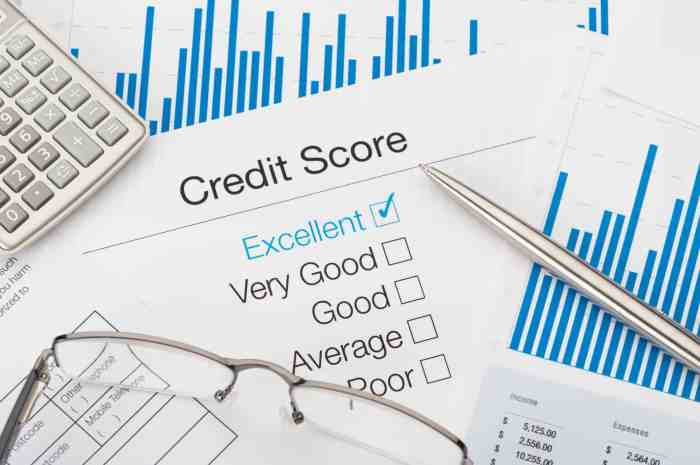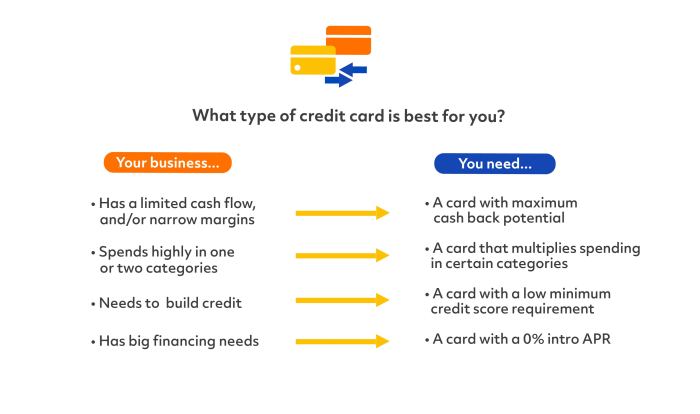Managing Personal Finances Effectively and Avoiding Common Mistakes
Managing personal finances effectively and avoiding common mistakes is crucial for achieving long-term financial well-being. This guide provides a comprehensive overview of budgeting, expense tracking, debt management, saving, investing, and building positive financial habits. We’ll explore practical strategies and tools to help you navigate the complexities of personal finance, empowering you to make informed decisions and build a secure financial future.
From understanding basic budgeting principles to developing sophisticated investment strategies, we’ll cover the essential elements of financial literacy, enabling you to take control of your finances and achieve your financial goals.
The journey to financial security begins with understanding your current financial situation. This involves creating a realistic budget that aligns with your income and expenses, meticulously tracking your spending habits to identify areas for improvement, and developing a strategic plan for managing and reducing debt. Furthermore, establishing a robust savings plan, including an emergency fund, and exploring appropriate investment options are vital steps towards building a secure financial future.
By learning to avoid common financial pitfalls and cultivating positive financial habits, you can pave the way for long-term financial success.
Tracking Expenses: Managing Personal Finances Effectively And Avoiding Common Mistakes
Accurately tracking your expenses is fundamental to effective personal finance management. Understanding where your money goes allows you to identify areas for potential savings and make informed decisions about your spending habits. Without accurate tracking, budgeting becomes a guessing game, and achieving your financial goals becomes significantly more challenging.Accurate expense tracking provides a clear picture of your financial health, allowing for better budgeting and informed financial decisions.
Several methods exist, each with its own advantages and disadvantages, allowing you to choose the method best suited to your needs and technological comfort.
Methods for Tracking Expenses
Effective expense tracking relies on a consistent and detailed record of all your spending. This involves documenting every transaction, no matter how small. Three primary methods are commonly employed: budgeting apps, spreadsheets, and manual journaling. Budgeting apps offer automated tracking and insightful visualizations; spreadsheets provide customizable tracking and data analysis capabilities; while manual journaling offers a tangible record and allows for personalized categorization.
- Budgeting Apps: These apps connect to your bank accounts and credit cards, automatically importing transactions. Many offer features such as budgeting tools, expense categorization, and insightful reports. Examples include Mint, YNAB (You Need A Budget), and Personal Capital.
- Spreadsheets: Spreadsheets like those in Microsoft Excel or Google Sheets provide a highly customizable approach. You manually input transactions, categorize them, and use formulas to calculate totals and analyze spending patterns. This method requires more manual effort but offers complete control over data organization and analysis.
- Manual Journaling: This traditional method involves recording transactions in a notebook or dedicated journal. While time-consuming, it offers a tangible record and can foster a greater awareness of spending habits. It’s important to be meticulous and consistent for this method to be effective.
Common Expense Categories, Managing personal finances effectively and avoiding common mistakes
Categorizing expenses allows for a more meaningful analysis of spending patterns. A well-defined categorization system facilitates identifying areas of overspending and making informed decisions about budget adjustments. While specific categories may vary based on individual needs, some common categories include:
- Housing: Rent or mortgage payments, property taxes, homeowner’s insurance.
- Transportation: Car payments, gas, public transportation, parking fees.
- Food: Groceries, eating out, coffee.
- Utilities: Electricity, water, gas, internet, phone.
- Healthcare: Insurance premiums, doctor visits, medications.
- Personal Care: Haircuts, toiletries, cosmetics.
- Entertainment: Movies, concerts, subscriptions (streaming services, gym memberships).
- Clothing: New clothes, dry cleaning.
- Debt Payments: Credit card payments, student loans, personal loans.
- Savings & Investments: Contributions to retirement accounts, savings accounts.
Case Study: Inaccurate Expense Tracking and Financial Mismanagement
Inaccurate expense tracking can lead to significant financial problems. Consider the case of Sarah, who underestimated her spending by consistently neglecting to record small purchases like coffee and snacks.
- Mistake 1: Ignoring small transactions. Sarah consistently omitted small, seemingly insignificant expenses, believing they wouldn’t significantly impact her budget.
- Consequence 1: These small expenses accumulated over time, creating a substantial discrepancy between her perceived and actual spending.
- Mistake 2: Inaccurate categorization. When Sarah did record expenses, she often categorized them inaccurately, leading to a distorted view of her spending patterns.
- Consequence 2: This prevented her from identifying areas of overspending and making necessary adjustments to her budget.
- Mistake 3: Lack of regular review. Sarah rarely reviewed her expense tracking, allowing discrepancies to go unnoticed for extended periods.
- Consequence 3: This resulted in a significant budget shortfall, leading to increased credit card debt and financial stress.
Building Good Financial Habits
Building good financial habits is crucial for long-term financial well-being. It’s not just about managing your money today; it’s about setting yourself up for a secure and comfortable financial future. This involves understanding your finances, making informed decisions, and consistently practicing positive financial behaviors. Consistent effort in this area will yield significant rewards over time.Financial literacy, the understanding of financial concepts and their application, is the cornerstone of building strong financial habits.
Continuous learning ensures you adapt to changing economic landscapes and utilize the best strategies for your individual circumstances. Without ongoing education, you risk making costly mistakes and falling behind in achieving your financial goals. It’s an ongoing journey, not a destination.
Resources for Financial Education
Access to reliable information is key to improving financial literacy. Numerous resources are available, catering to different learning styles and preferences. Utilizing these resources can empower you to make well-informed financial decisions and build a strong foundation for your financial future.
- Books: “The Total Money Makeover” by Dave Ramsey offers a practical, step-by-step approach to debt elimination and wealth building. “Rich Dad Poor Dad” by Robert Kiyosaki challenges conventional thinking about money and investing. “Broke Millennial Takes on Investing” by Erin Lowry provides relatable advice specifically tailored to younger generations.
- Websites: The Consumer Financial Protection Bureau (CFPB) website offers valuable resources and tools for managing your finances. Investopedia provides a comprehensive glossary of financial terms and explanations of various financial concepts. Khan Academy offers free courses on personal finance covering budgeting, saving, and investing.
- Apps: Mint and Personal Capital are popular budgeting and tracking apps that provide insights into spending habits. Acorns and Stash offer automated investing options, making it easier to start investing even with small amounts of money. Many banking apps now also include budgeting tools and financial insights.
Developing Positive Financial Habits
A structured plan is essential for cultivating positive financial habits. This plan should encompass regular budgeting, consistent saving, and periodic reviews of financial statements. Consistency is key; these actions, performed regularly, become ingrained behaviors, making sound financial decisions automatic over time.
- Regular Budgeting: Create a detailed budget that tracks income and expenses. Use budgeting apps or spreadsheets to monitor your spending and identify areas where you can cut back. Regularly review and adjust your budget as needed to reflect changes in income or expenses. This process helps you understand where your money goes and allows for better control over spending.
- Consistent Saving: Automate savings by setting up regular transfers from your checking account to your savings account. Aim to save a certain percentage of your income each month, even if it’s a small amount. Consider setting up separate savings accounts for different goals, such as emergency funds, down payments, or retirement. The power of compounding interest makes even small, consistent savings grow significantly over time.
- Reviewing Financial Statements: Regularly review your bank statements, credit card statements, and investment accounts to ensure accuracy and identify any discrepancies. This helps you stay on top of your finances and catch potential problems early. Annual reviews are a minimum; more frequent checks offer better control and quicker responses to unexpected situations.
Successfully managing personal finances involves a multifaceted approach encompassing budgeting, expense tracking, debt management, saving, and investing. By implementing the strategies and techniques discussed in this guide, you can gain a clear understanding of your financial situation, make informed decisions, and build a solid foundation for long-term financial well-being. Remember, consistent effort and a proactive approach are key to achieving your financial goals.
Continuous learning and adaptation are crucial as your financial circumstances evolve. Take control of your financial destiny today and embark on a journey towards a secure and prosperous future.
Expert Answers
What is the best budgeting app for beginners?
Several user-friendly budgeting apps cater to beginners, including Mint, YNAB (You Need A Budget), and Personal Capital. The best choice depends on individual preferences and needs.
How much should I contribute to my retirement account each year?
The ideal contribution amount depends on your income, age, and retirement goals. Aim to contribute enough to maximize any employer matching contributions and gradually increase contributions as your income grows.
What are some signs of predatory lending?
Watch out for extremely high interest rates, hidden fees, aggressive sales tactics, and pressure to borrow more than you need. Always compare offers from multiple lenders before committing.
How often should I review my budget?
Review your budget at least monthly to track progress, adjust spending as needed, and ensure you’re on track to meet your financial goals.



